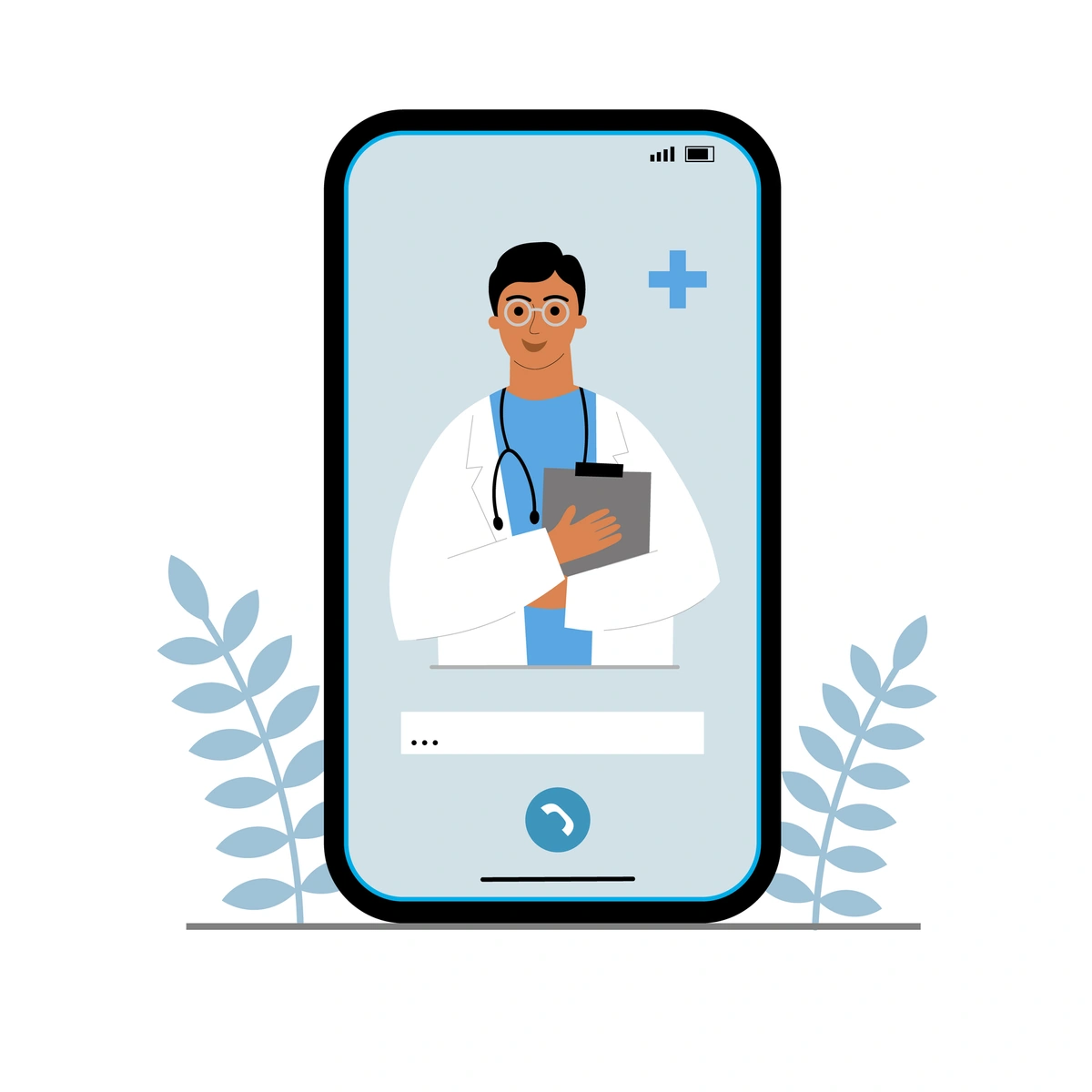Telehealth and Patient Satisfaction: A Convenient Path to Better Mental Health

Telehealth and Patient Satisfaction: A Convenient Path to Better Mental Health
January 24, 2024 | Dr. Joel L. Young
Importance of this research
Prior to the COVID-19 pandemic, telehealth was an underused option for delivering mental health services. Patients who did use tele mental health services reported positive experiences, but willingness to use telehealth was low, especially among providers. A sudden quarantine changed this, rendering telehealth the most accessible, and often the only, option for mental health care during the pandemic.
Patient Experience with Telehealth Is Overwhelmingly Positive
Welcome
In March 2020, in response to local public health regulations and in an effort to keep our patients safe, The Rochester Center for Behavioral Medicine switched from primarily in-person services to exclusively telehealth care. This was a significant change for many patients, who had grown accustomed to in-person therapy. And it occurred in a context where patients were facing other significant changes—time off of work and school, childcare struggles, and fear of the pandemic itself.
We believed not only that telehealth would preserve access to therapy at a time when it was highly important, but also that it could reduce the stress associated with therapy by eliminating commutes and more seamlessly fitting therapy into patients’ lives and schedules.
The data show that the switch to telehealth was a huge success, with high patient satisfaction.
Who We Surveyed
To compare satisfaction and utilization between those who had previously sought in-person care to those who received telehealth care, we surveyed 1000 existing RCBM patients who made the switch to telehealth services. Ninety-three responded to the survey with complete responses. We did not offer any incentive for survey completion.
Some important data about survey participants is as follows:
- The average age was 46 years old.
- The sample was 81% non-Hispanic white.
- The sample was 56% female.
- ADHD was the most common focus of treatment, reported among 40% of the sample. This is consistent with RCBM’s focus on ADHD and related cognitive disorders.
Methodology
We reviewed survey data from the 93 participants who completed the form in its entirety. Our analyses included:
- Descriptive statistics of patients’ self-reported in-person visit commute and wait times.
- Descriptive statistics of patients’ self-reported current and previous attitudes toward telehealth care and in-person care.
- Categorical and mean comparisons for self-reported level of usage and satisfaction with telehealth and in-person services.
- Categorical and mean comparisons for people with ADHD as compared to the rest of the sample.
Findings
The data show generally high patient satisfaction with tele-mental health services, and suggest some specific advantages associated with this mode of delivery:
Appointment and wait times improved
Prior to the pandemic, patients reported a mean in-office wait time of 13.1 minutes, and an average commute time of 34.2 minutes, tacking on a mean average of 37.3 additional minutes beyond the appointment time. Telehealth delivery eliminated this excess time
Patients reported comfort with telehealth before the pandemic
Most of the sample (87.3%) reported no telehealth utilization prior to the COVID-19 pandemic. Prior to the pandemic, 59% reported having a completely or somewhat positive attitude toward telehealth.
Interestingly, patients with ADHD reported slightly lower comfort with telehealth prior to the pandemic. Using a four-point scale, where a four indicated complete comfort and zero indicated no comfort at all, patients with ADHD assigned an average comfort score of 3.33 to tele mental health. The average among all other patients was 3.66.
Telehealth remains a favorable experience for patients
After the pandemic, 94.4% reported somewhat or completely positive attitudes toward telehealth. Additionally, we asked participants about their overall satisfaction with care quality prior to and after the pandemic. Participants used a four-point scale, and offered similar satisfaction scores for telehealth and in-person care. Where there was a different, telehealth received marginally higher scores.
After utilizing telehealth, ADHD patients and other groups reported no differences in their comfort with telehealth services.
Our sample was sufficiently large to detect significant moderate to large effect sizes. A larger sample would be necessary to confirm smaller differences, especially between ADHD patients and others, to confirm the significance of smaller changes in service utilization, or to confirm other smaller but significant differences in patient evaluation of care quality.
Takeaways
This data points to potentially fertile ground for additional research. For example, the lower initial comfort of patients with ADHD with telehealth may suggest greater difficulties managing a schedule, handling change, or with self-efficacy. Further research could assess whether this correlation persists, and what might cause it.
Telehealth offers several potential benefits, which may be even more beneficial to people with ADHD. They include:
- A lower overall time commitment to therapy.
- Fewer scheduling constraints that may make it easier to access therapy and commit to care.
- A less stressful therapy experience that no longer has to include long commutes, waiting, or even seeing other people in person.
When implementing telehealth therapy, particularly with ADHD patients, it is critical to make booking as seamless and low stress as possible. This includes using secure systems that allow a person to book online at their own convenience, multiple calendar and scheduling reminders, and flexible scheduling options.
Ultimately, our data make a robust case for telehealth. The benefits are clear: greater access to mental health services, more affordable mental health delivery options for clinicians, less stress, and a wider range of options for trying therapy. For people who feel anxious about sitting in a waiting room or who juggle jam-packed schedules, telehealth may not just be the best option, but the only one. Our data contributes to the growing volume of research showing that telehealth is highly satisfactory for patients.
Ready to boost your practice?
Try 3 complimentary assessments on us.